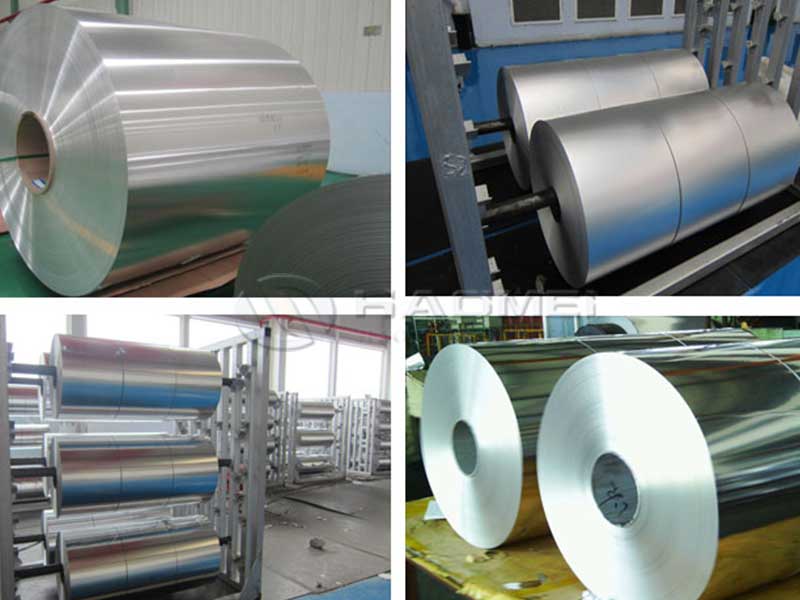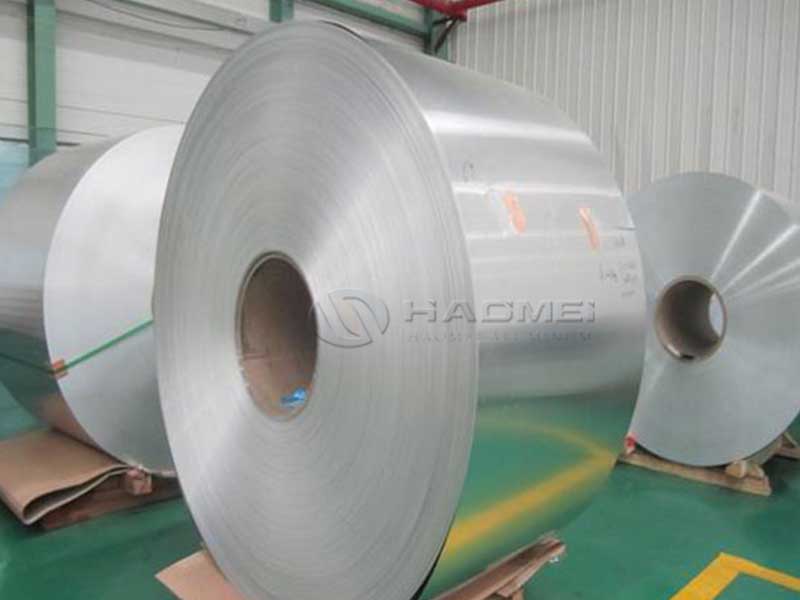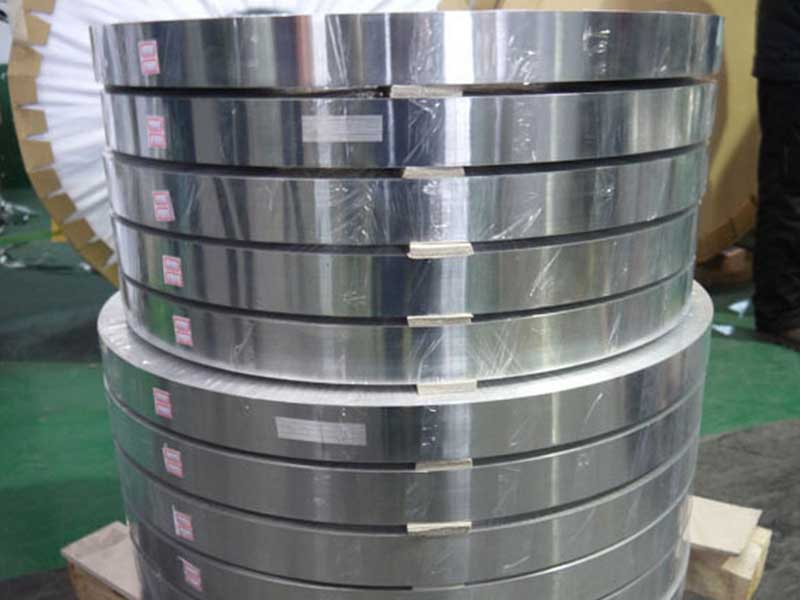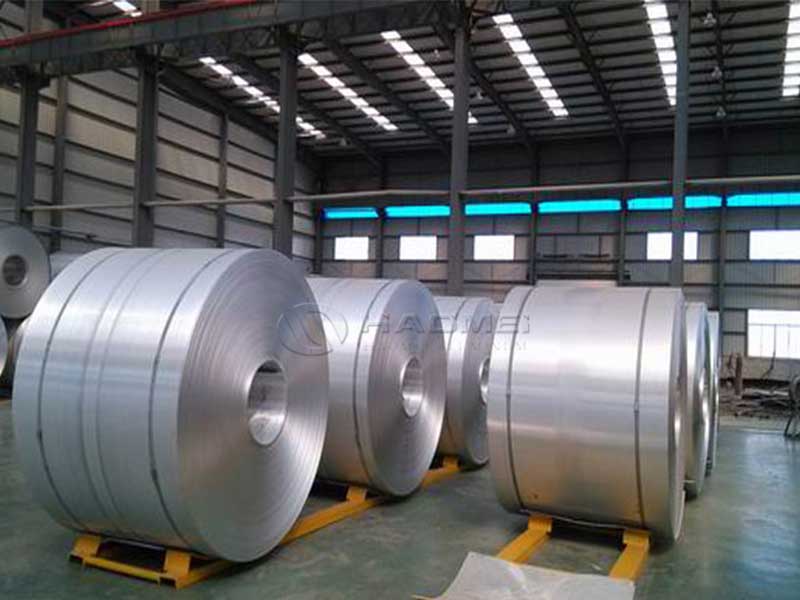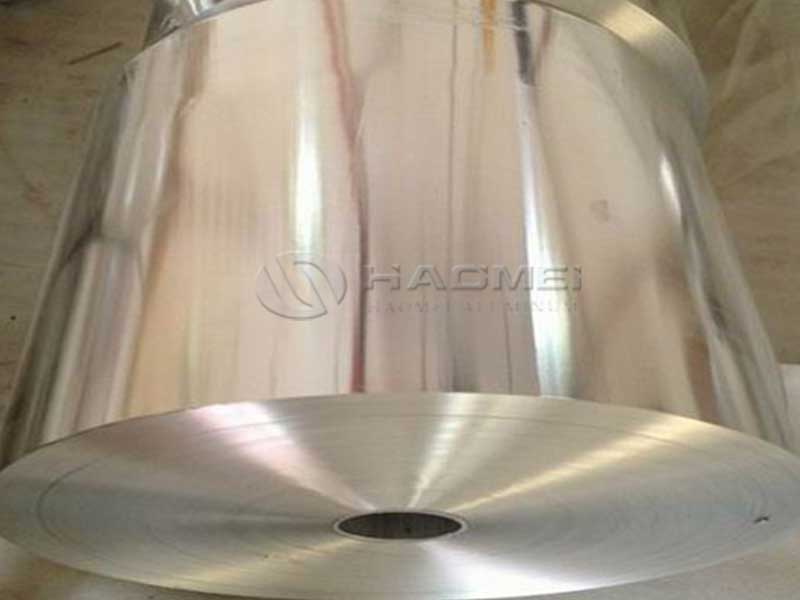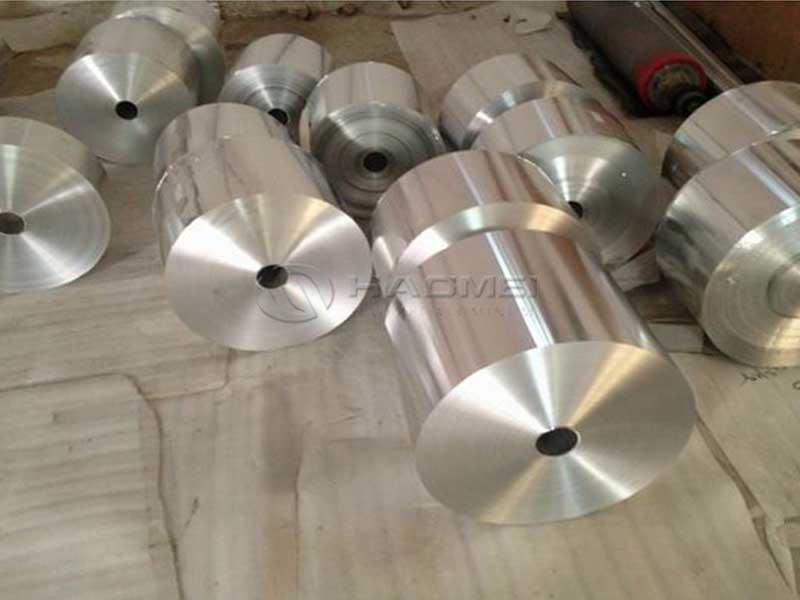7micron aluminium foil for lamination
In the world of packaging and material science, one size rarely fits all. Products must cater to various specifications, performance needs, and environmental requirements. Among the myriad of materials employed in manufacturing, 7-micron aluminium foil has quietly carved out a significant niche, particularly in the labyrinth of lamination.
The Genesis of 7-Micron Aluminium Foil
At just 7 microns thick, or the approximate thickness of a human hair, this aluminium foil might seem inconsequential at first glance. However, the term “microns” plays a crucial role in specifying the performance characteristics desired in lamination processes across various sectors, from food packaging to electronics. Its thin nature does not detract from its functional efficiency. Quite the contrary! The properties that come together in this ingeniously thin material provide exceptional barrier qualities against moisture, oxygen, and light.
Physical Parameters and Implementation Standards
To fully appreciate the suitability of 7-micron aluminium foil for lamination, its physical properties is essential. Table 1 provides a concise overview of critical parameters.
| Property | Value |
|---|---|
| Thickness | 7 microns (0.007 mm) |
| Weight | 6.5 g/m² (typical) |
| Tensile Strength | 80-120 MPa |
| Elongation at Break | 1%-3% |
| Electrical Conductivity | Good (recyclable material) |
| Reflectivity | 88% - 92% |
Once these properties are quantified, the implementation standards become clear. Conversations in protocols—be it ASTM, ISO, or specific industry standards—highlight the fundamental expectations for the foil’s performance in lamination—from printability to sealing efficacy.
Barrier Qualities: More than Meets the Eye
One must consider why 7-micron aluminium differs in application across products. Its extraordinarily effective barrier qualities stand distinctively tall amidst competing materials. For instance, in food packaging, it can dramatically extend shelf life by preventing infiltration of undesirable elements that often jeopardize product integrity.
Perhaps here’s the unique aspect overlooked by most: 7-micron foil crystallizes on a wavelength that prioritizes safety and performance. Be it pharmaceutical blister packs guaranteeing medicament potency, or takeaway food envelopes withstanding oil and liquid, the multifaceted potential of this material faithfully attends to modern consumers’ needs for convenience and safety.
Sustainability: Lamination the Eco-Friendly Way
Incremental changes in the manufacturing ecosystem also reflect a gradual of and shift toward sustainability. While the usage of 7-micron aluminium foil often raises questions regarding recyclability, one crucial point stands out: the considerable energy efficiency associated with manufacturing thinner materials. Thinner films not only consume fewer resources but also diminish landfill impact alongside efficacy in innovative recycling approaches, reintegrating aluminium’s robust molecular structure.
Moreover, efficient multilayer joules promoting barrier properties assure reduced material usage, when layered accurately with other green alternatives. Concepts such as “upcycling laminates” may open avenues for an eco-responsible tomorrow.
The Influence of Temperatures and Conditions
It is crucial to mention the impact of temperatures and oxidation on its performance. The lamination process typically relies heavily on heat to seal individual layers, urging a scenario where temperatures appropriately dial up to manage microwave heat, for instance, effortlessly through trial and adoption.
Besides this, through varied critical environmental conditions—optimizing the dwell time without driving the foil towards degradation—facilitates an of both engineered materials and the necessity for mushering up with evolving consumer demands.
The Realm of Chemical Properties
When it comes to its chemical properties, 7-micron aluminium foil respects not just weights in your environmental balance but the fundamentals of ingredient safety too. While aluminium possesses inherent attributes touted among stable metals, its reactions are typically non-perilous under regimen use or reusability—but consultation remains paramount when subject to specific food properties and pH levels, outlining each utility distinctively.
In accordance with FDA and other regulatory frameworks, monitoring particular films for safety shifts attention toward the circular economy ethos, blending product certification needs amid normative s observed intrinsically through quality assurance processes.
https://www.al-alloy.com/a/7micron-aluminium-foil-for-lamination.html


